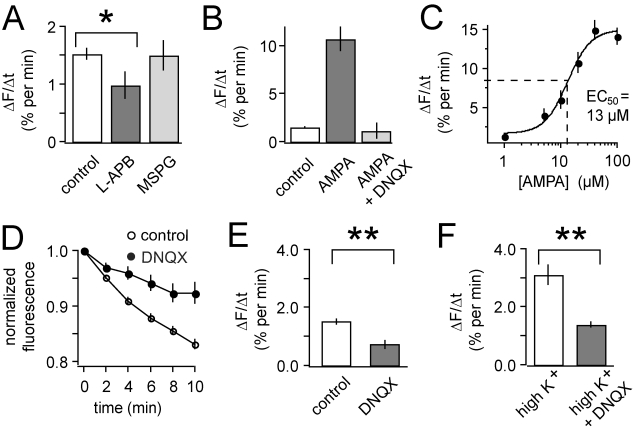Figure 2. AMPA receptors mediate the acceleration of cone synaptic release.
(A) Bath addition of 20 µM L-APB (an mGluR group III agonist) significantly slows release from cones in darkness (p<0.05, n = 13). The mGluR antagonist MSPG (100 µM) has no effect on the dark release rate. (B) 20 µM AMPA markedly increases the release rate from cones (n = 16). The effect of AMPA is blocked by 10 µM DNQX (n = 10), leaving release insignificantly changed from the control rate in darkness. (C) Dose-response curve for release rate as a function of AMPA concentration. N = 4–16 for each concentration. (D–E) Bath addition of 10 µM DNQX significantly slows release from cone terminals in darkness (p<0.001, n = 21), suggesting that the physiological level of ambient glutamate boosts release. (F). High K+ (50 mM) saline, which depolarizes cones, accelerated release from cone terminals to twice the dark release rate (n = 9). Addition of 10 µM DNQX greatly reduced the high K+ evoked-release (p<0.01, n = 7), suggesting that the glutamate released by cones elicits positive feedback. In this and subsequent figures, * denotes statistical significance of p<0.05, while ** denotes p<0.01.

